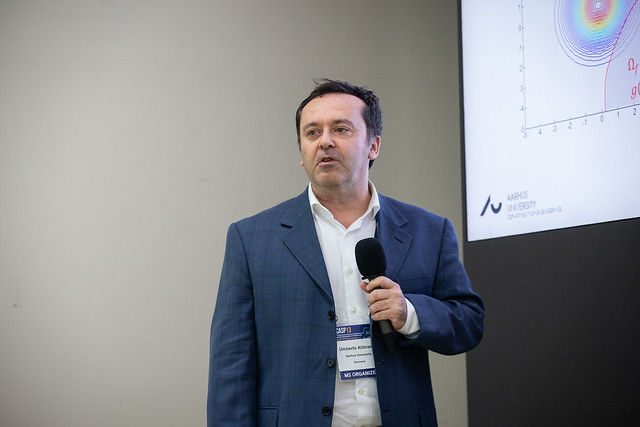ICSRS 2021: Risk-informed Digital Twin for the Built Environment
- umbertoalibrandi

- Nov 27, 2021
- 1 min read
Updated: Sep 7, 2023
Author: Umberto Alibrandi, AArhus University

Abstract: The Digital Twin (DT) is a virtual replica of realworld buildings, processes, structures, people, systems created and maintained in order to answer question about its physical part, the Physical Twin (PT). In the case of the built environment, the PT is represented by the smart buildings and infrastructures. Full synchronization between the DT and the PT will provide a perpetual learning process and updating between the two twins.
To take into consideration the multiple unavoidable sources of uncertainty during the lifecycle, it has been recently introduced a novel concept of DT, called Risk-informed Digital Twin (RDT). While In the DT the model predictions are developed through data-driven tools and algorithms, in the RDT the several sources of uncertainty are described through integrated methods and tools of Statistics, Random Vibrations, Risk Analysis and Machine Learning.
More specifically, the RDT incorporates as a core: (i) a novel framework of data-driven Uncertainty Quantification and Risk Analysis rooted on the information theory, called AIUQ (ii) the framework of Sustainable and Resilient Based Engineering (SRBE) introduced in (Alibrandi 2022, under review), and thought as a first step toward the extension of performance-based engineering (PBE) approaches to Socio-Ecological-Technical systems under uncertainty.
In the talk we will discuss the features of this potentially disruptive technology, toward the achievement of the UN Sustainable Development Goals with reference to the built environment. Some selected but representative examples will be shown, including the SinBerBest Office in Singapore where a preliminary version of the RDT has been already deployed.


Comments